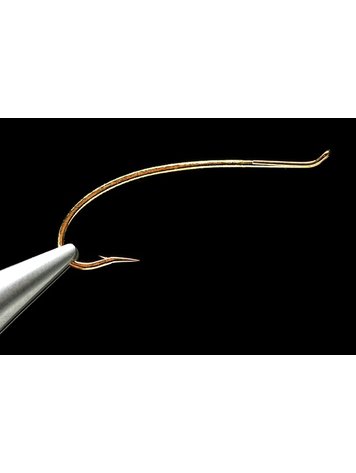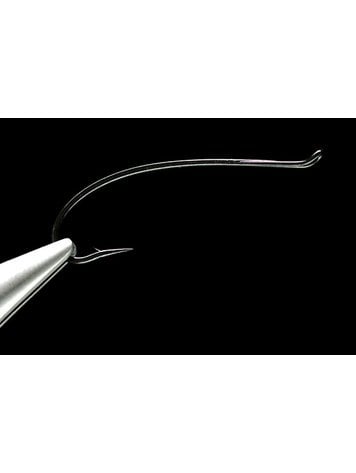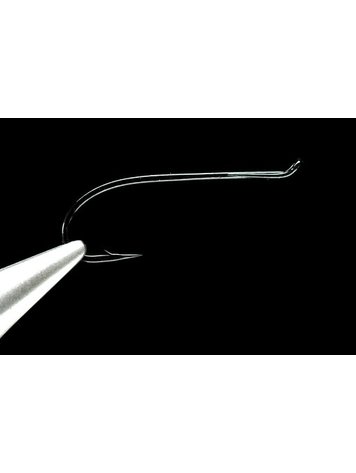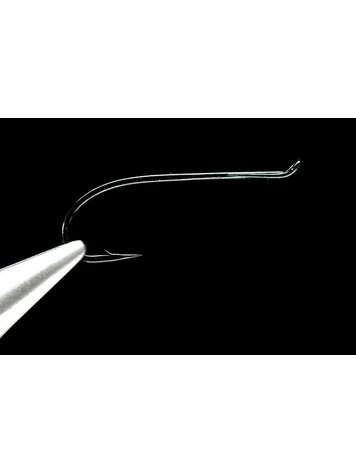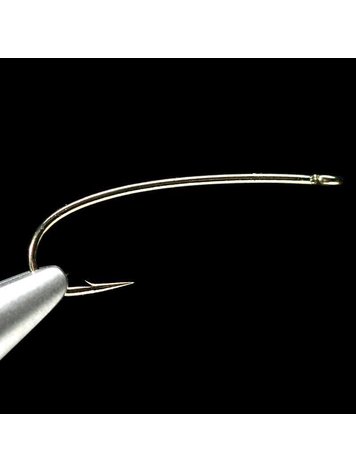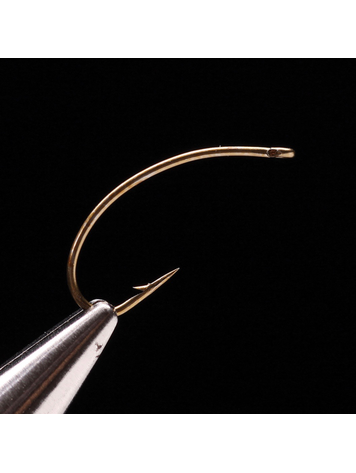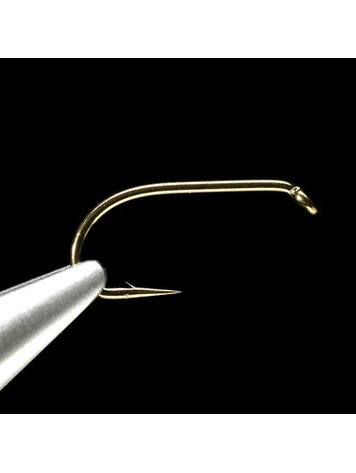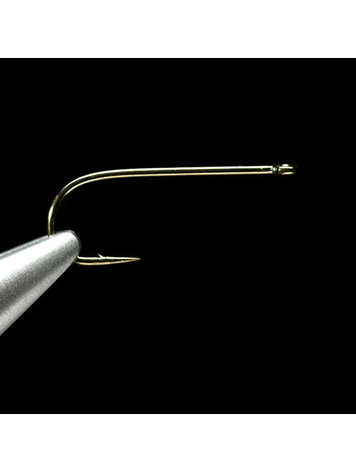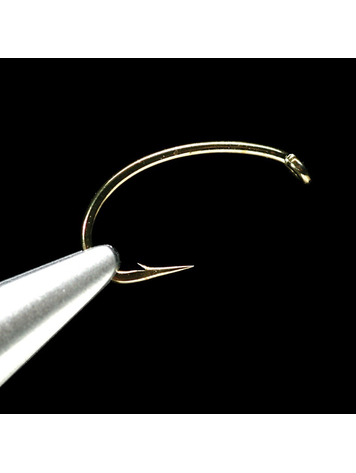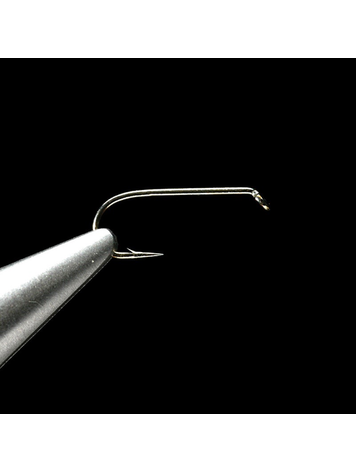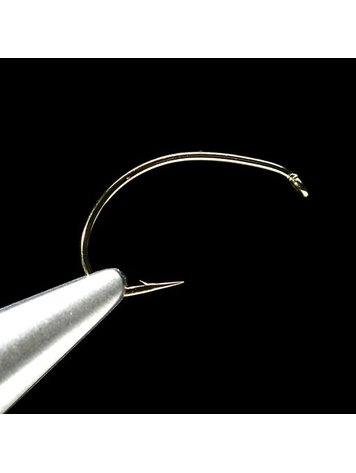Welcome to Royal Treatment Fly Fishing!
Cart
No products found...
Daiichi Alec Jackson 2055
$15.00
Alec Jackson is a fly tier and hook designer who lives in the Seattle, WA area. This hook was specifically designed by Alec to produce spey flies that appeal aesthetically to both men and fish. Also preferred by many tiers, who tie collectable “full dress
Daiichi Alec Jackson 2051
$11.50
Alec Jackson is a fly tier and hook designer who lives in the Seattle, WA area. This hook was specifically designed by Alec to produce spey flies that appeal aesthetically to both men and fish. Also preferred by many tiers, who tie collectable “full dress
Daiichi 2441
$9.50
Daiichi 2421
$9.50
This is the “standard iron” salmon hook. It has all the proportions and features that have been time tested and proven. This hook is especially utilized in times of low water when fish are spooky. At such times, fly patterns are tied smaller than normal s
Daiichi 1260,25pk
$8.50
The 1260 hook was designed in 1995 by the Orvis Company and Angler Sport Group as a hook to use specifically with metal beads to make “bead head” nymphs. The shape of the bend and standard wire facilitates the use of beads with a smaller center hole. The
Daiichi 1160, 25pk
$7.95
Daiichi 1530, 25 pk
$7.95
In the early days of fly tying and fly-fishing, “wet flies” were king. Dry flies and nymphs today are more popular, but wet flies, which are fished subsurface, are still very successful for catching trout, steelhead, and salmon. Wet flies do not closely i
Daiichi 2546
$7.95
Made of stainless steel wire. Daiichi does not chemically sharpen these hooks because the process does not work favorably with this alloy. These hooks have ground needlepoints. They will not rust in salt or brackish waters.
Daiichi 1110, 25pk
$7.90
Daiichi 1120, 25pk
$7.90
Daiichi 1100, 25pk
$7.90
Daiichi 1130, 25pk
$7.90
Tiemco introduced continuous bend hooks into the American fly tying market in the 1980’s. This particular style is similar to the TMC 2487, which quickly became popularly known as a “Scud Hook” because of its shape, which is similar to the curve of freshw
Welcome to the Royal Treatment Family
When you sign up for our newsletter, you'll be part of a community of anglers who love having the latest fly fishing news delivered straight to their inbox.


